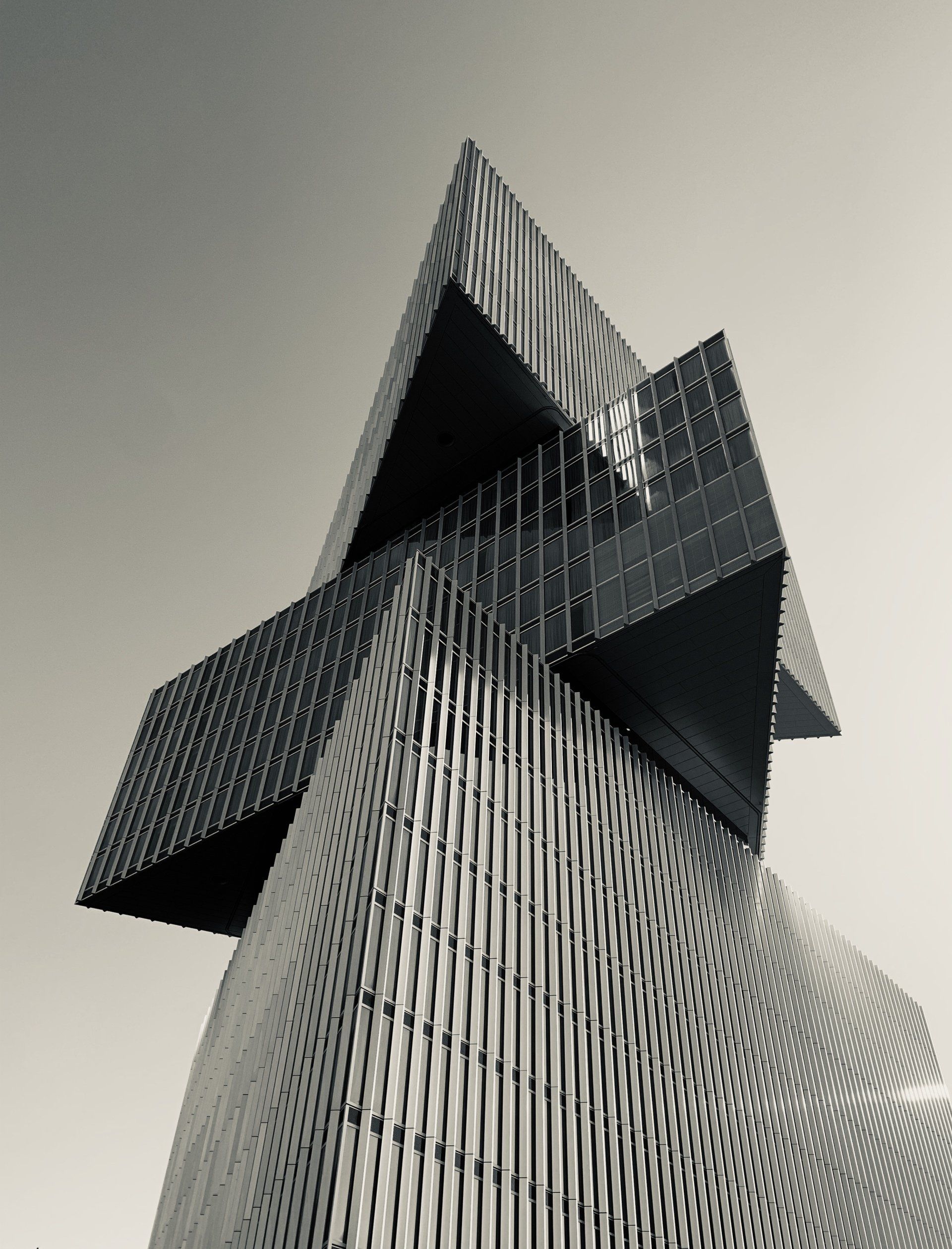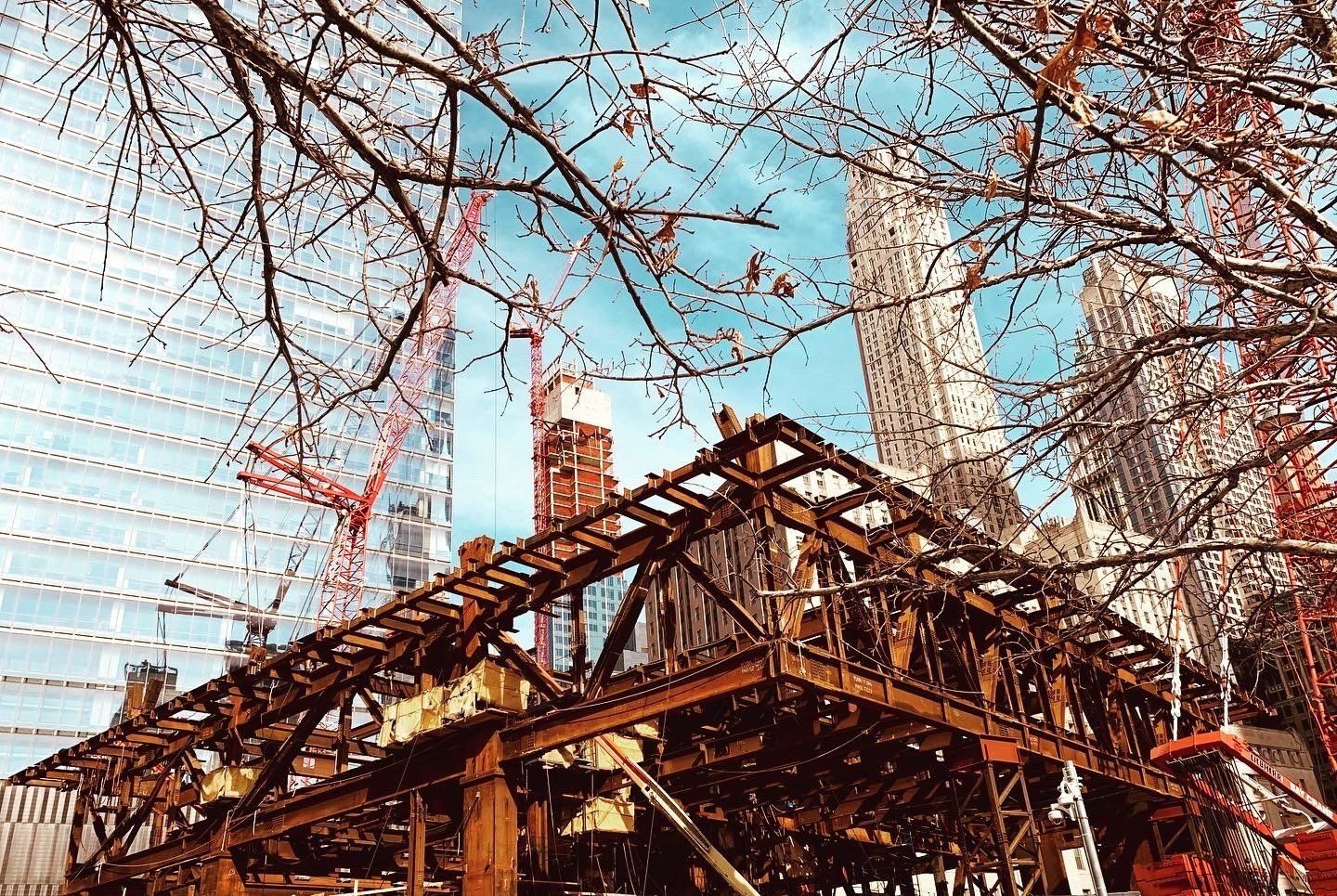Overview of Local Law 97 for Tall Buildings
Local Law 97, a pioneering legislation within New York City's sustainability initiatives, aims to drastically reduce greenhouse gas emissions from buildings, particularly impacting tall buildings structures. With buildings accounting for a significant portion of urban emissions, this law imposes stringent energy efficiency and emissions limits on large buildings, including many tall buildings structures. By targeting buildings over 25,000 square feet, which often include tall buildings, the law sets ambitious goals of 40% emissions reduction by 2030 and net zero emissions by 2050.
Key Provisions and Implications
The law establishes carbon intensity limits per square foot for covered buildings, progressively tightening over time. Tall buildings, known for their substantial energy consumption and emissions, face significant challenges in meeting these stringent standards. Owners must implement energy efficiency upgrades, transition to cleaner energy sources, and potentially overhaul heating systems, posing considerable financial and logistical hurdles. Non-compliance carries substantial penalties, incentivizing proactive measures for real estate building owners to adapt and comply.
Compliance Strategies and Support
Real Estate buildings owners have a range of strategies at their disposal to achieve compliance, including energy audits, efficiency upgrades, renewable energy adoption, and financial incentives. In particular, the transition to electrification and renewable energy sources presents opportunities for tall buildings to reduce emissions and align with the law's objectives. NYC provides resources such as advisory services, financing options, and incentives to support owners in navigating compliance requirements. Collaboration with energy management consultants and leveraging available support can streamline the compliance process for tall building owners.
Future Expectations and Impact
As the law phases in emission limits through 2050, real estate building owners face a transformative journey towards decarbonization. This entails not only meeting current standards but also anticipating future regulatory developments and technological advancements. The transition to clean energy and efficient building practices will not only mitigate environmental impacts but also position tall buildings as leaders in sustainable urban development. Local Law 97 sets a precedent for other cities globally, highlighting the critical role of tall buildings in combating climate change and fostering resilient, low-carbon cities.
About PConstLaw
PConstLaw LP is the leading construction law consulting firm for the real estate industry. Real estate asset evaluation, contracts, development (design & construction), PM oversight, claims, scheduling, dispute resolution, and expert testimony are our key strength services. Applying our deep experience knowledge insights, we work in close collaboration with our clients to deliver exceptional and sustainable outcomes throughout the lifecycle of their assets.
This information expresses the views of the author as of the date indicated and such views are subject to change without notice. PConstLaw LP has no duty or obligation to update the information contained herein. This is being made available for informational purposes only and should not be used for any other purpose.
And information contained herein, may not be copied, reproduced, republished, or posted in whole or in part, in any form without the prior written consent of author. © 2024 PConstLaw, L.P.
Free Evaluation
Sound construction legal advice is based on years of expereince, hard work, and passion, as well as familiarity with codes of practice and sound consideration. You’ll find all that and more at PAN Construction Law.
We will get back to you as soon as possible
Please try again later
About Us
We have been providing expert claims consulting and construction law advice to attorneys, building owners and developers, general contractors, insurance companies across the united states and worldwide for more than decade-long.
All Rights Reserve
Contact info
555 Madison Avenue, 5th Fl New York, New York, 10022


